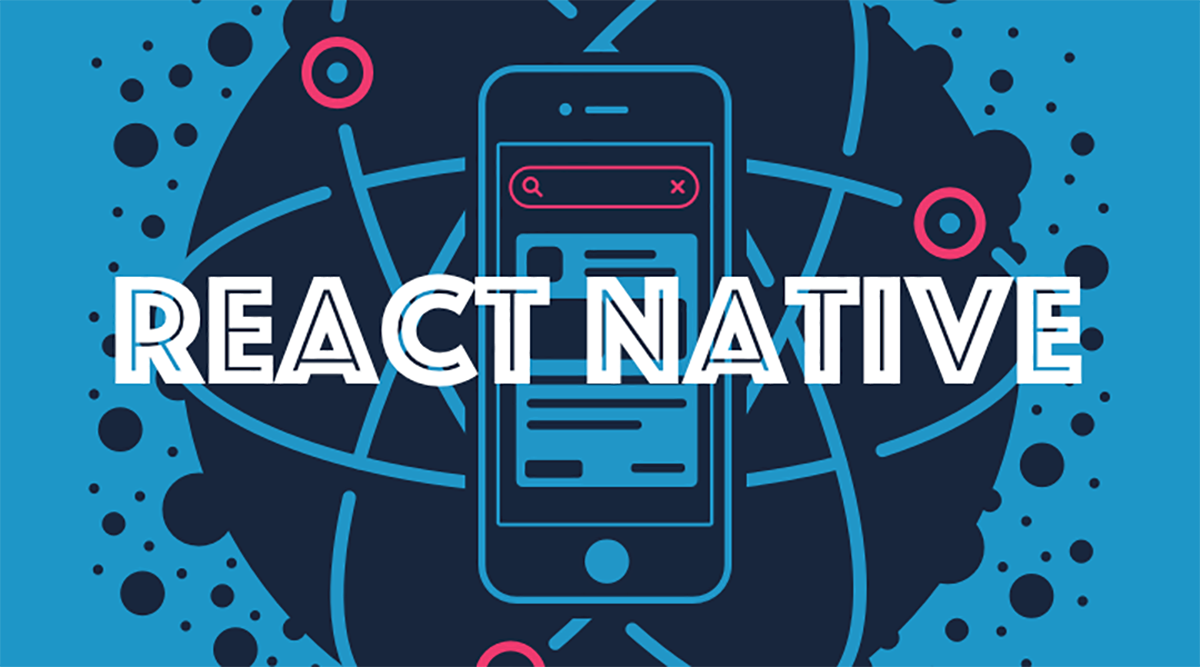

This also includes concepts such as a stack. A few people would suggest to implement them in Java or Objective-C/Swift and then see how they work in React Native, but I don’t think that is strictly necessary (do it if you really want to look at how cool RN is). You need to get these things straight because you will be using them in React Native. They are pretty obvious, and I don’t think it should take you more than a day to get familiar with the components of an Android or iOS app. What I mean is that you need to know the basic concepts, such as Drawer, Toolbar, TabBar, ViewPager or Button. I was coming from Android, so I had an idea of what building an app was about. I think the best way to learn React Native is to understand what mobile development is. If you don’t know how to code, learn how to, then come back here.

My answer assumes you have a CS background. I have now shipped 2 apps (iOS/Android), and I am about to submit two more. I started developing with React Native in June 2015. The product is built by Creative Tim, the home of 300k creatives & web designers. It is built on top of Light Bootstrap Dashboard and React JS, and it is entirely responsive. You can quickly kickstart your knowledge on React framework with this beautiful free React Dashboard. It makes use of the virtual DOM which minimizes the memory consumption and the DOM manipulation expenses. Moreover, React is much faster as compared to the JavaScript frameworks.

One component can refer to other elements as well. This keeps our UI organized, and moreover, it allows the data and state changes to logically flow from the root to branches and then to sub-branches. Here the starting component becomes the root, and each of the independent pieces becomes branches, which are further divided into sub-branches. To understand this better, imagine UI as a tree. These components are independent building blocks which are integrated together to build the entire application.

Each time any data is added, it will automatically update the specific component whose state has actually changed. So, if you are dealing with the applications where data keeps on changing in real time, you should go for React.Īs in React, the application is composed of different components. It deals with View in the MVC(Model - View - Controller). Currently, it is the most popular front-end JavaScript library. ReactJS is a component-based library which is used to develop interactive UI’s.


 0 kommentar(er)
0 kommentar(er)
